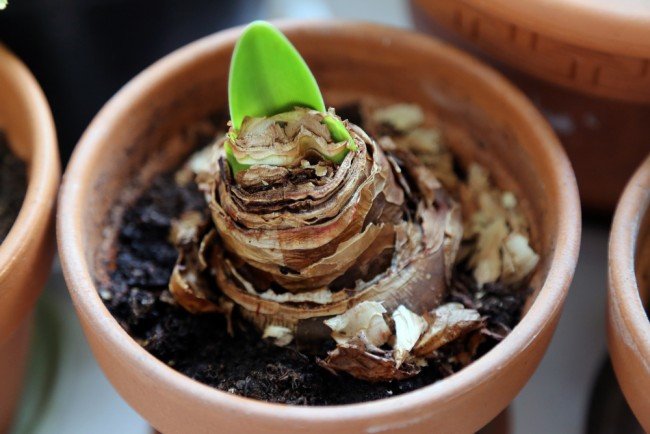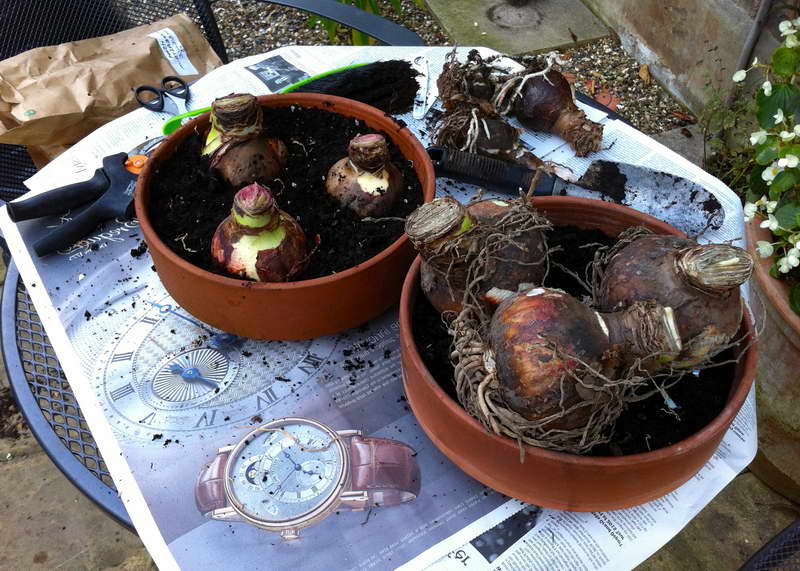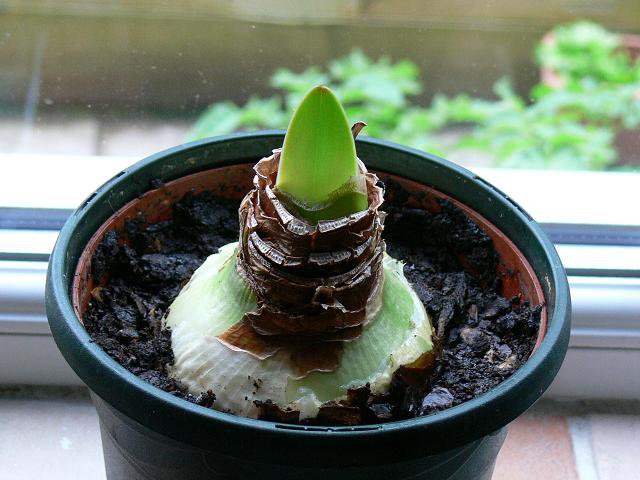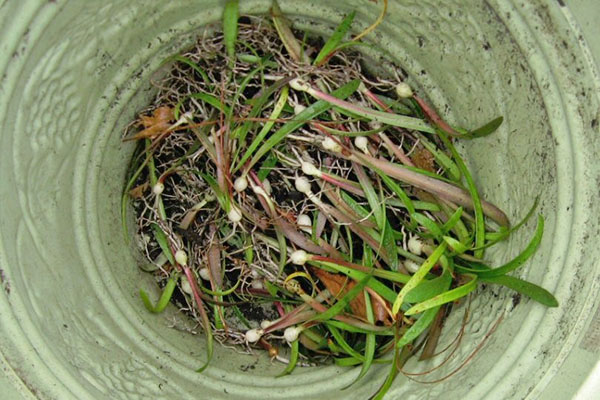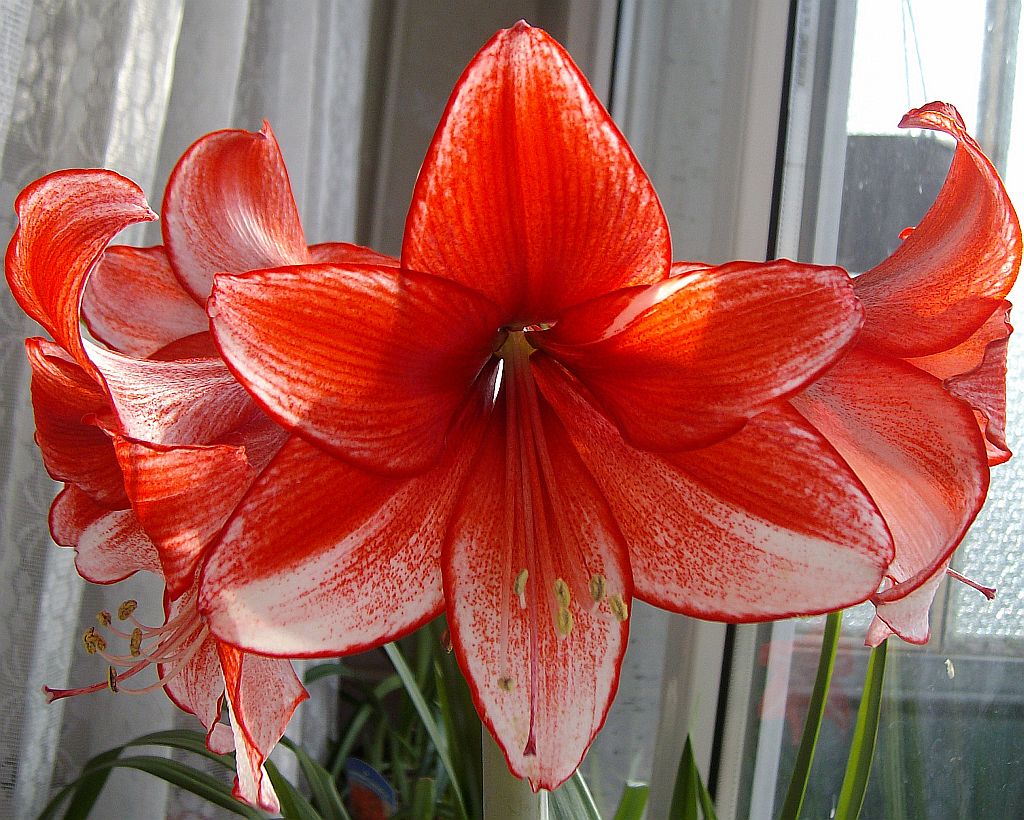Content:
Amaryllis is a beautiful flower that can be grown both at home and in the garden. The second name is “Belladonna”, which literally translates as “beautiful lady”. Before you get this plant, you need to find out some features, as well as the specific qualities of the flower.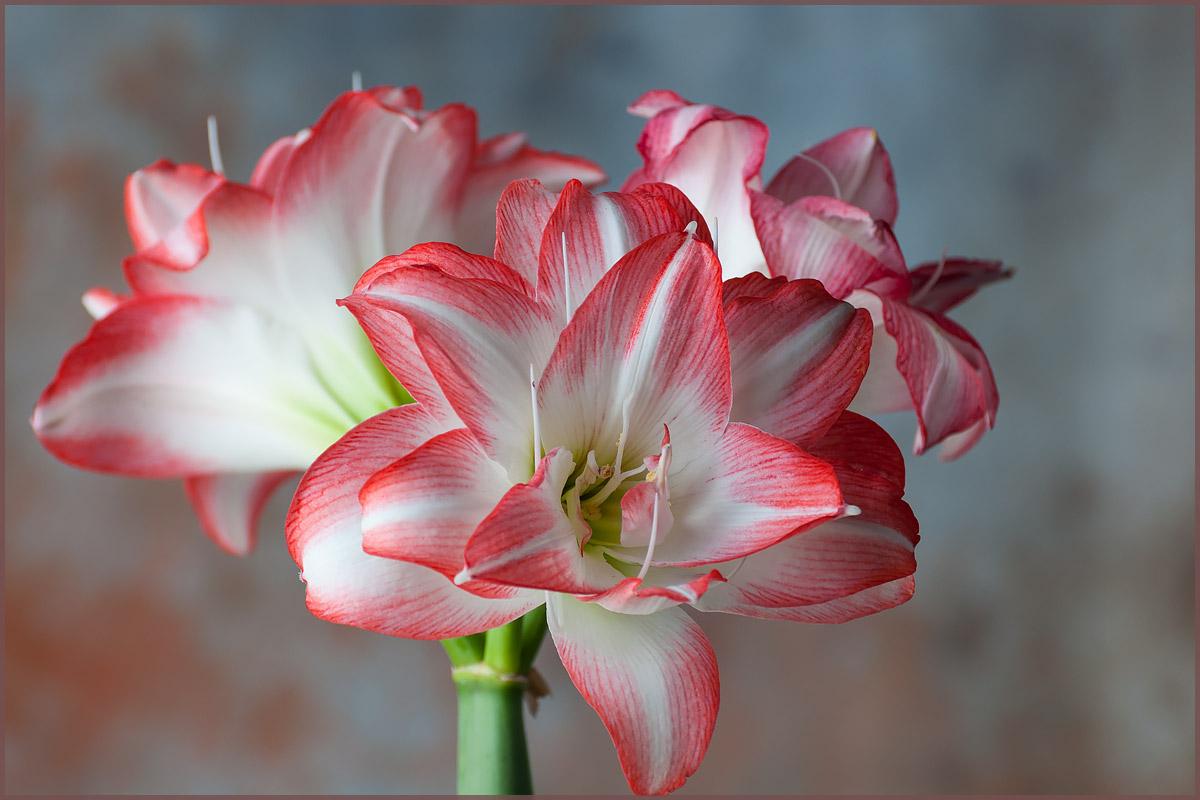

Amaryllis flower: features
The plant belongs to the perennial. It has an onion, reaching a diameter of up to 15 cm. Amaryllis can be known by its long (30-50 cm) leaves, which are shaped like a tongue. The heads of the flowers of the plant grow up to 20 cm in diameter and are located on sealed long arrows. The flowers themselves look attractive and are able to decorate a garden or a room. The plant is quite capricious, but if you give it enough attention, it will please the host with 6–12 stunning flowers of red, white or pink color that flourish at once. During the flowering period, the plants spread a pleasant aroma.To decorate the interior of such a plant can be considered one of the best.
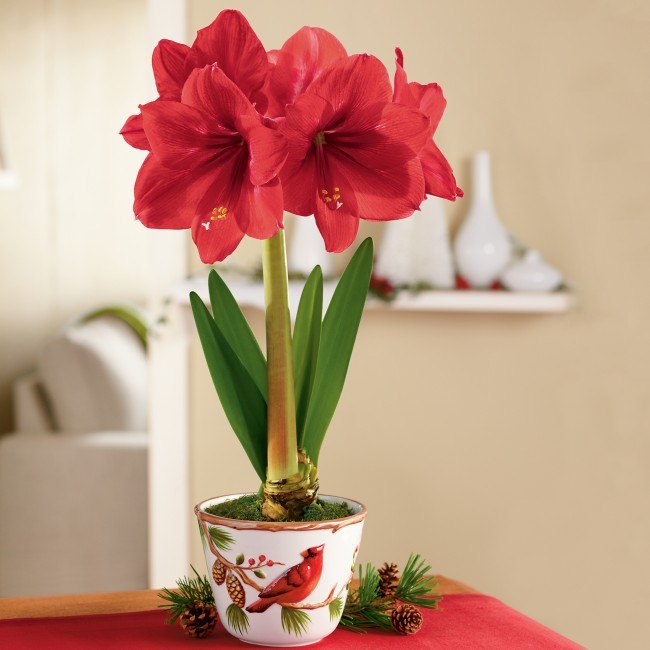

Care for amaryllis in the garden and at home
If the climate of the region allows, amaryllis can be grown on open ground, leaving the bulbs in the ground for the winter. The only condition is temperature. If the temperature drops below 5 degrees, then the risk of bulbs in the soil is high. In some cases, amaryllis and their hippeastrum relatives planted in a garden can save shelter.
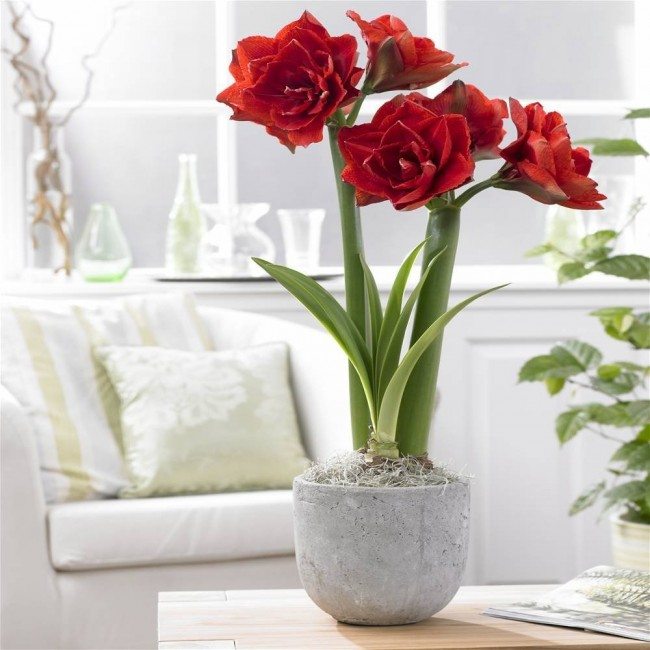

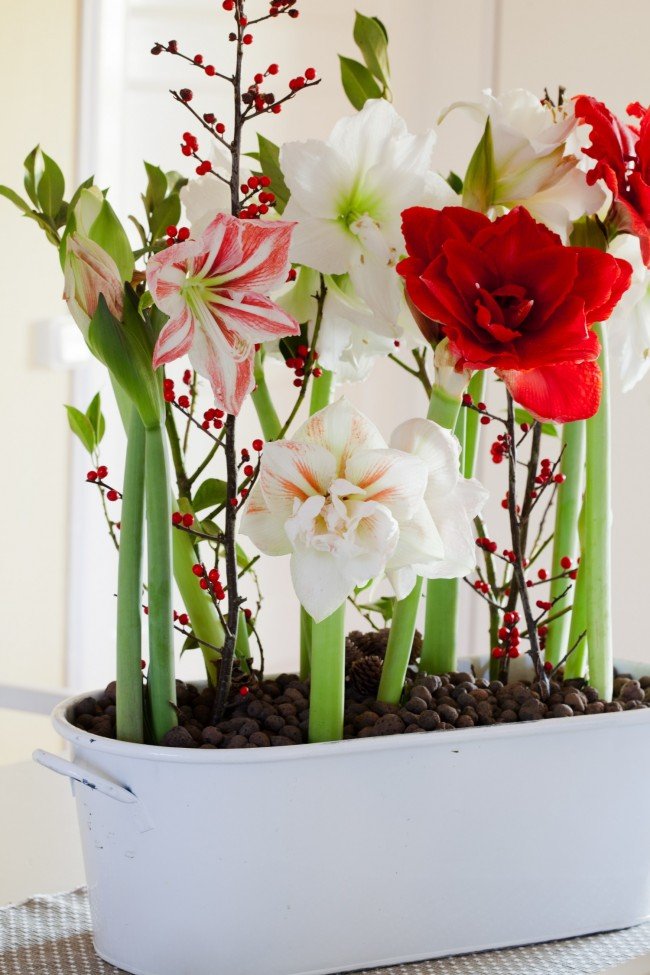
For proper care you need to properly organize the irrigation system. The bulbs of this plant are extremely sensitive to the abundance of moisture. If water lingers in the ground for a long time, then the plants will simply rot.


At home, amaryllis is grown in pots and vases. It is important to choose deep pots, as the plant builds up a large root system and develops it in length.
The bottom should be covered with a drainage substance. Active watering the plant begins in the spring. At the same time, an active growing season. This is a great time for intensive feeding with liquid fertilizers.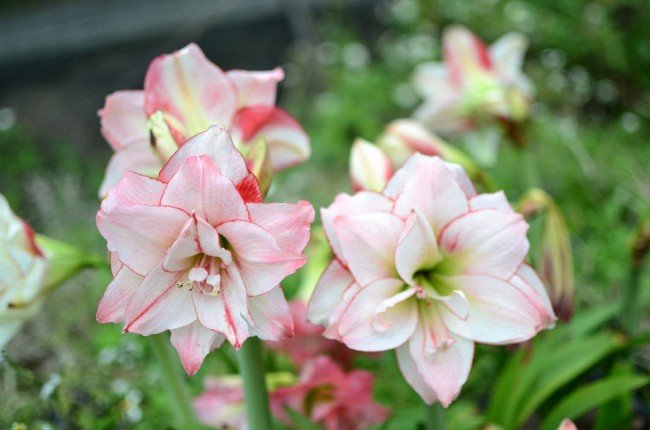

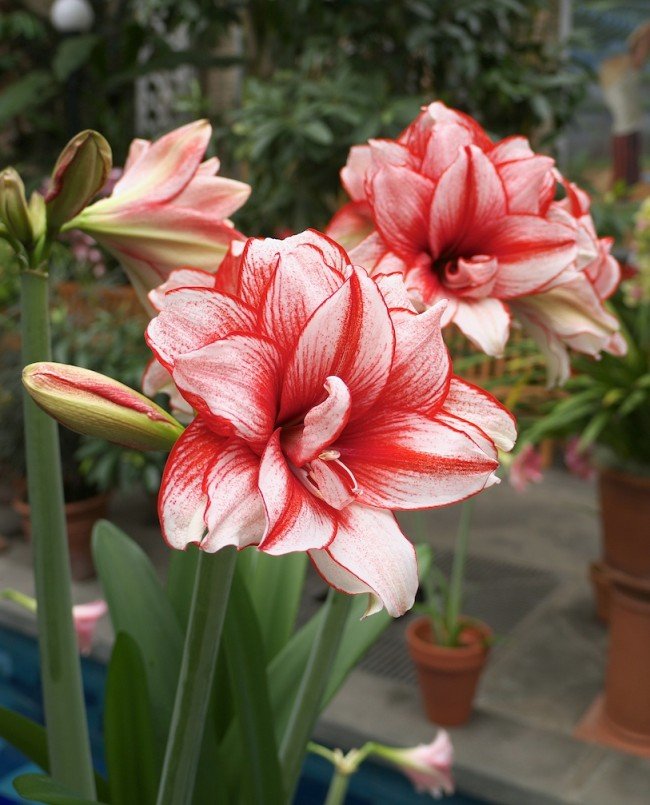
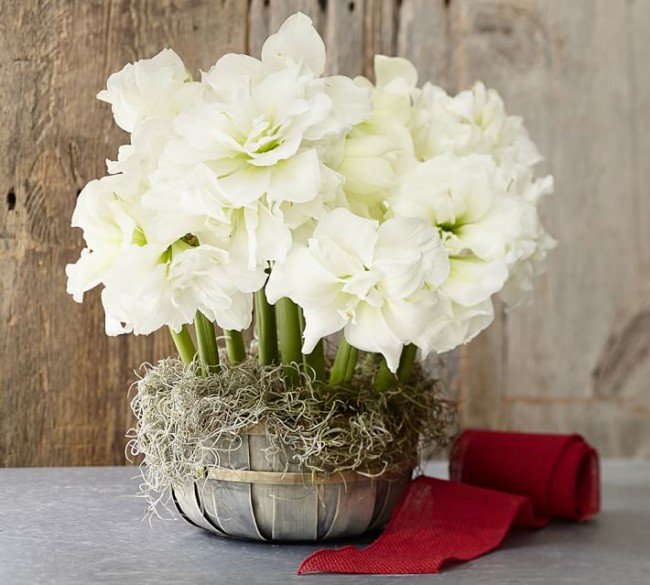
If the flower is planted in open ground, then at first it should not be watered a lot, as it will begin to actively acquire foliage, which will prevent rapid flowering. The lack of moisture during this period contributes to the formation of a flower bud. This is the main task of Amaryllis in the garden - creating a decorative effect. Only after the arrow reaches a height of 10 cm can you begin active watering. It is recommended that the arrow be tied up so that it does not break under the weight of flowers and flower buds.

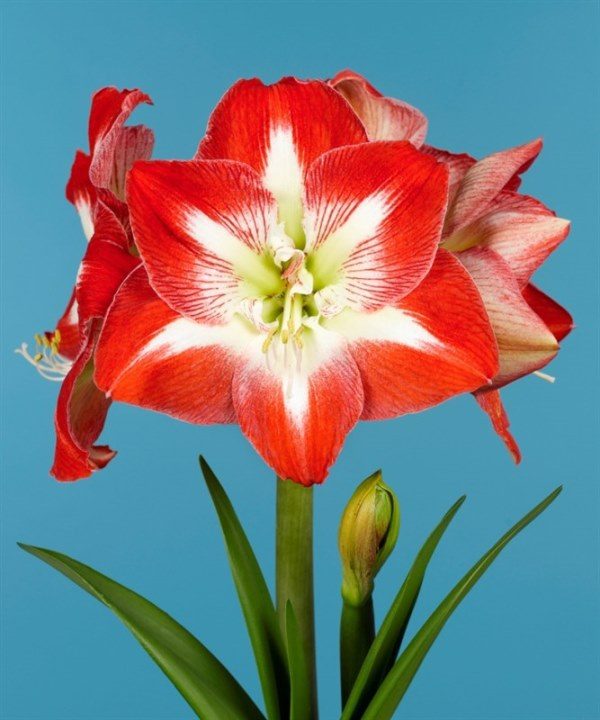
Watering amaryllis home better in the pan to optimize the flow of moisture into the pot. If the flowers grow in the open air, then watering directly on the bulb is undesirable.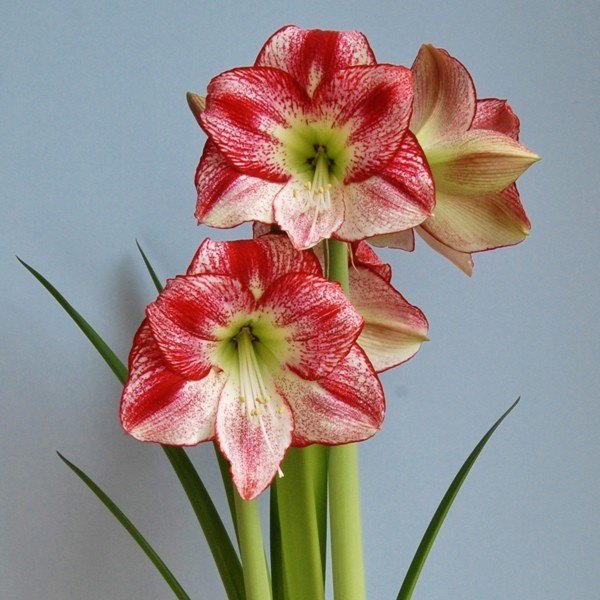
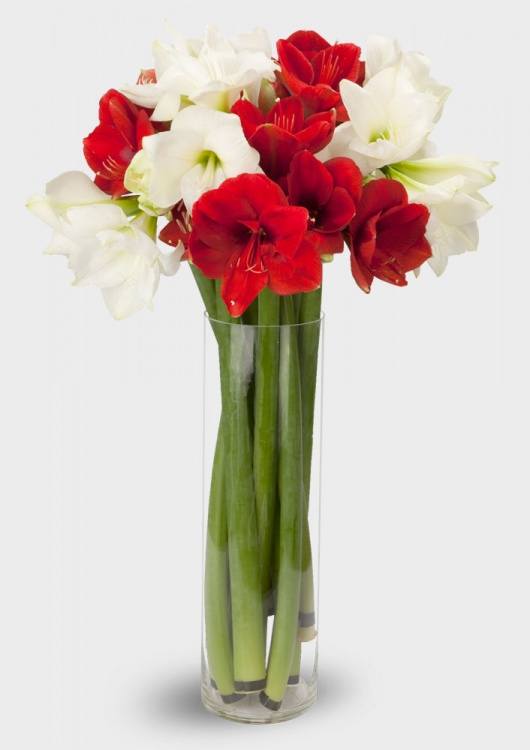

For plants of this species are dangerous fungal diseases and shield. At the first symptoms of these ailments, it is necessary to start fighting them. Fundazol and Bordeaux mixture should be used.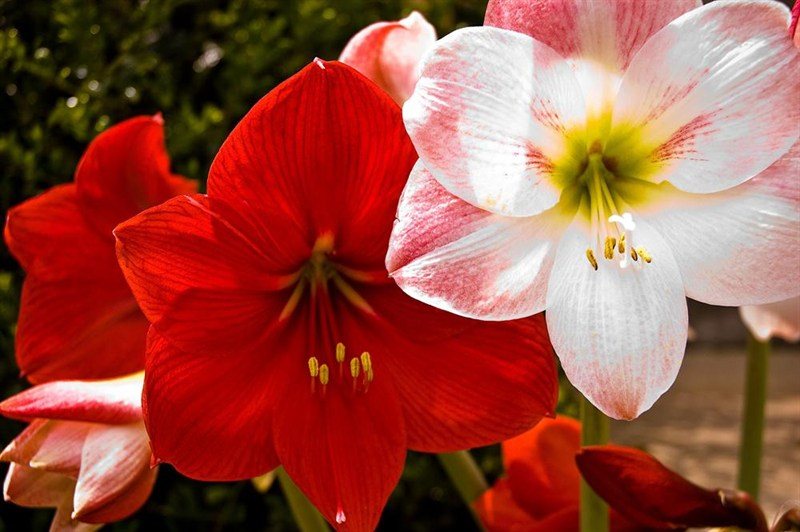
Amaryllis loves bright light. On the site it is better to allocate open space for it. But drafts can kill young shoots.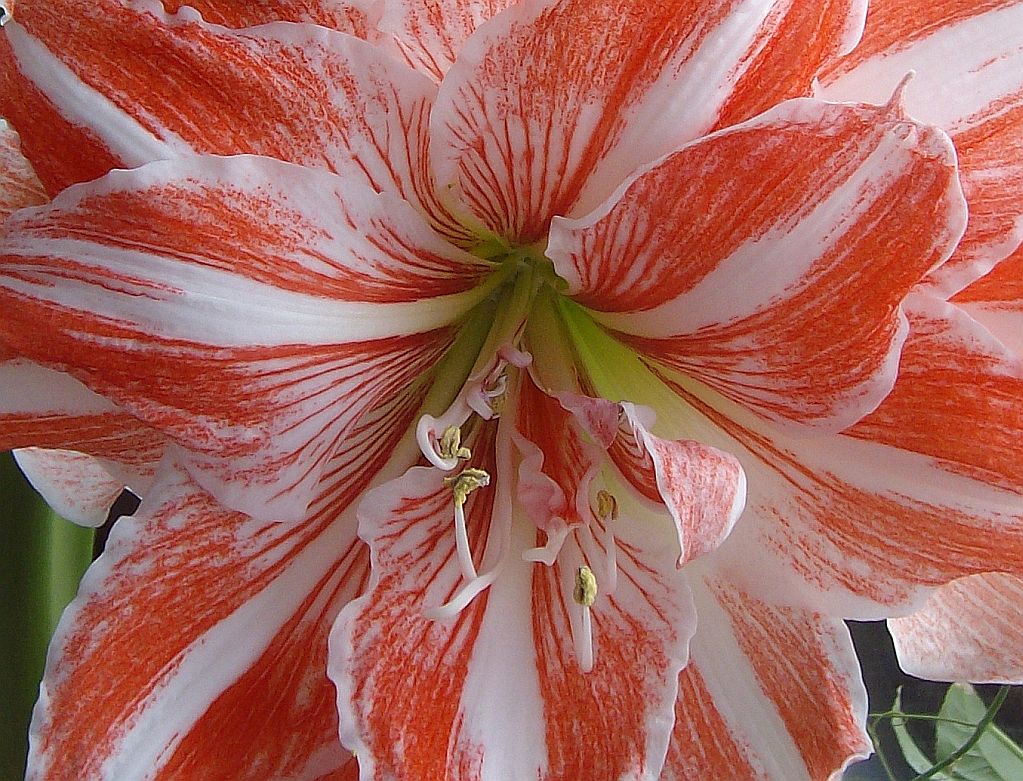
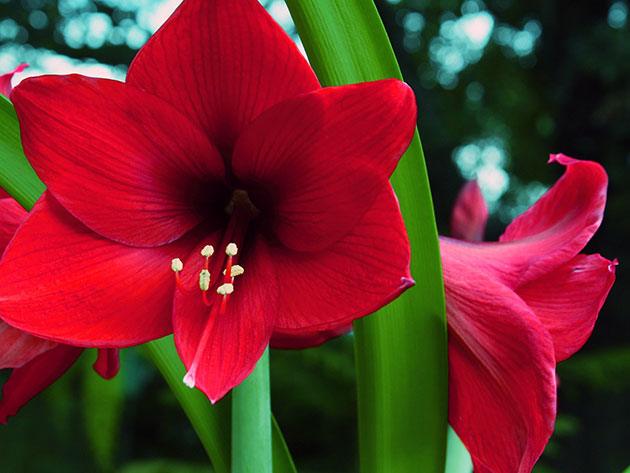
Rest period of amaryllis
At the end of the summer should stop feeding the plant, as well as reduce the number of waterings. In late October, watering the plant is generally not necessary. At this time, amaryllis will shed its leaves, retaining all the nutrients exclusively in the bulb. To help the plant and remove the leaves is not worth it, in November, they finally fall off.
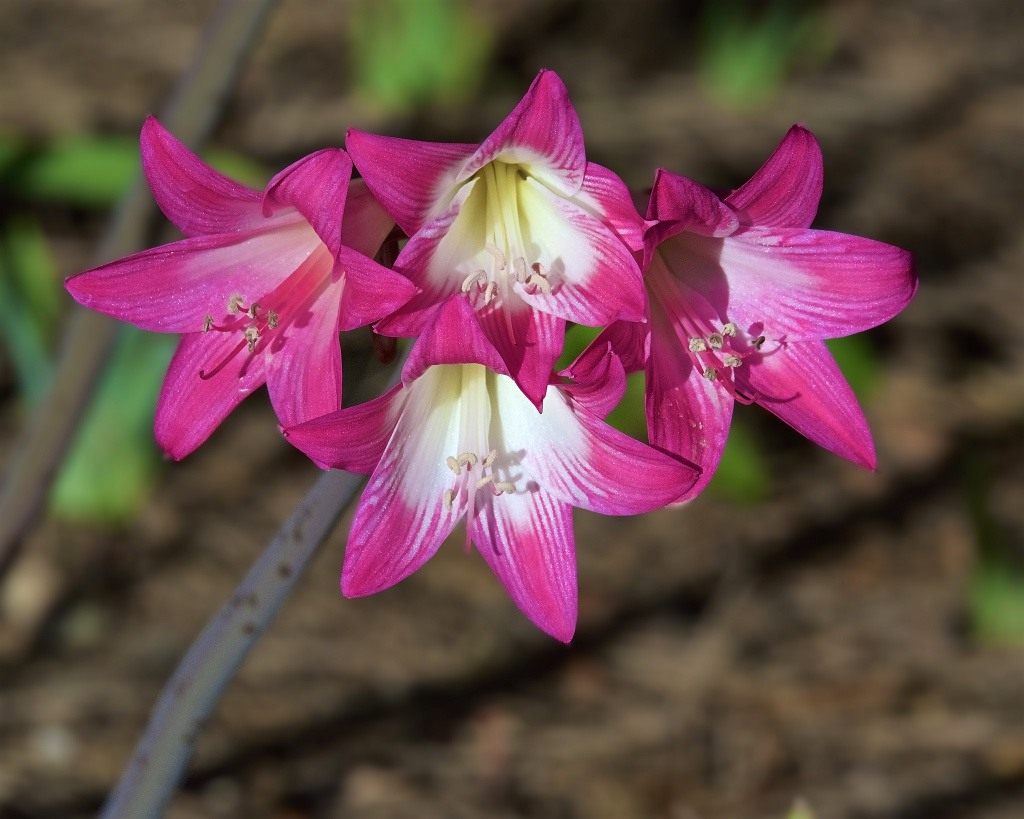
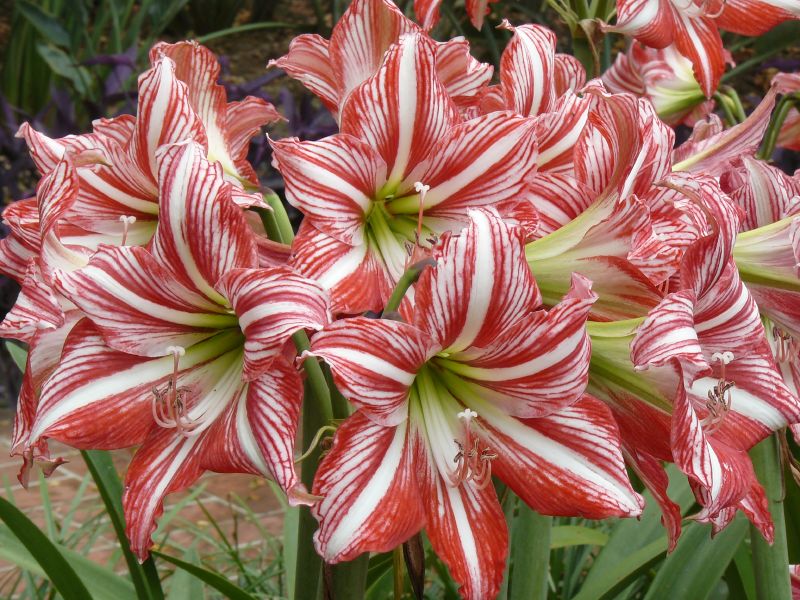
Being at rest, the flower keeps the root system alive. She will need rare watering, about once every 3 weeks. Light such a plant is not needed. It can be placed anywhere in the closet or on the mezzanine. The place should be cool and dry. The temperature on average remains in the range of 5 to 12 degrees. This condition will last about 2 months. It should be remembered that the bulbs at rest are very afraid of frost, so you need to avoid hypothermia and protect the plant from drafts.
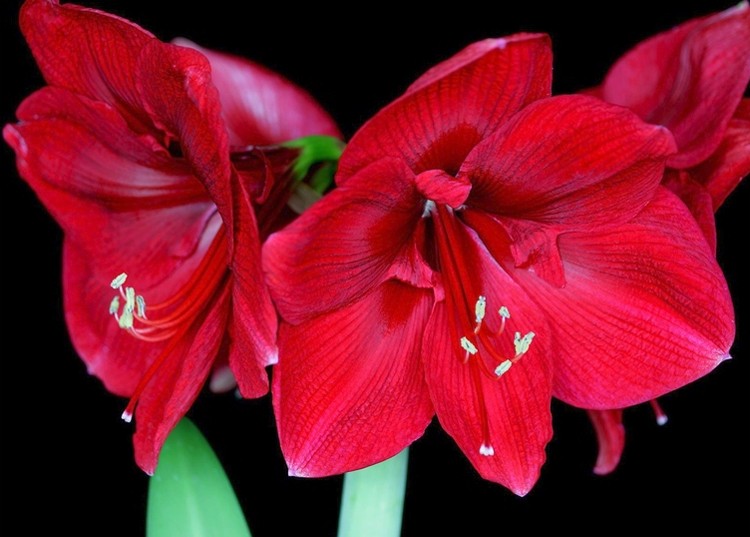
Amaryllis transplantation and reproduction
There are several methods for transplanting amaryllis, and each grower chooses his own technology. Someone thinks that transplantation should be carried out once in 3-4 years, others advise to do it annually. In any case, do not neglect this important step in the process of caring for the plant.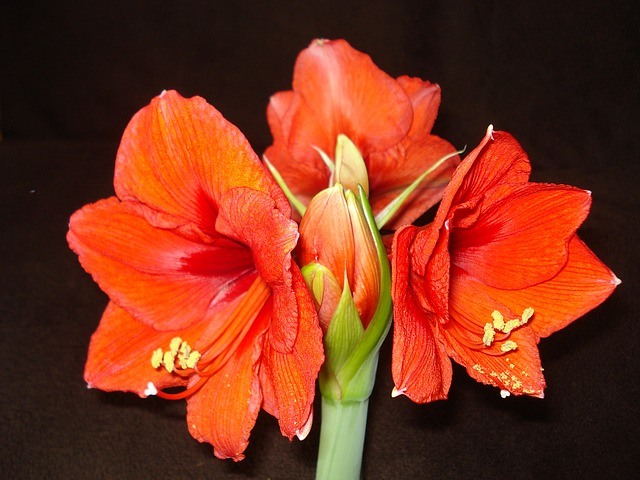
Some believe that you can immediately plant a flower in a spacious pot, but in this case you should not expect lush inflorescences, since a large number of "children" on the bulb because of excessive space does not contribute to the formation of flowers.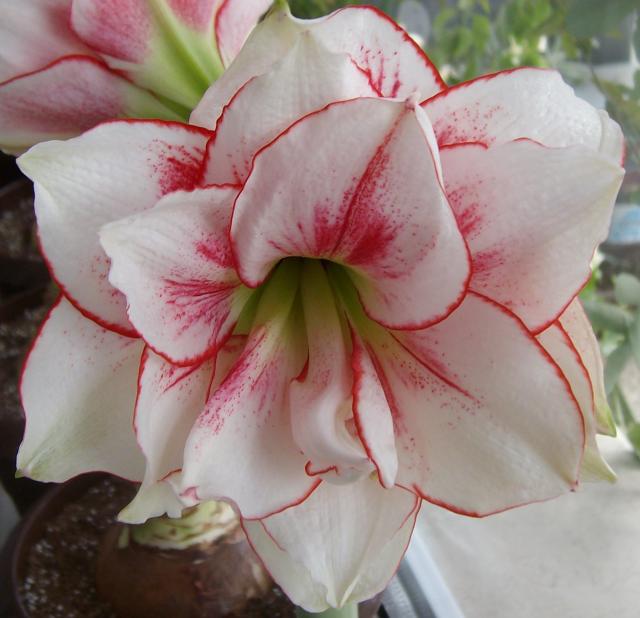
There are a number of rules that will help to transplant the plant with high quality and competently. First you need to choose the right pot - it should be 3 cm wider than the place that occupied the bulb. The bulb itself needs to be submerged only half in the ground.
It is best to transplant amaryllis in July. At this time, the plant will go out of dormancy. Replanting a flower, it is worth saving a few leaves, they will become a source of nutrition for young bulbs.Within one and a half months the bulb forms a new root system.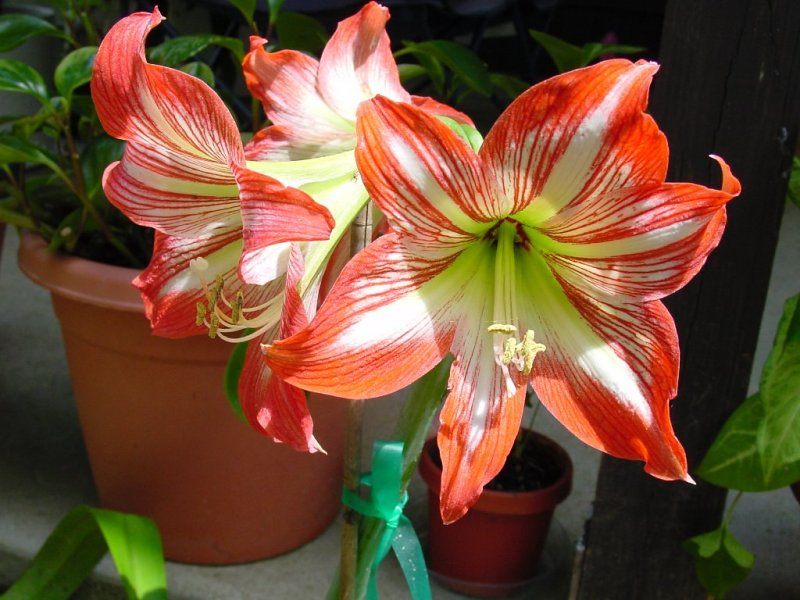
Soil should have a specific composition and have an acidity of 6.5 pH. It is better to mix it from four parts of sod land, four parts of sand, four parts of leafy earth and two parts of humus. A simpler composition includes four parts of leafy ground and one part of humus. For the safety of young plants, the soil is recommended to be sterilized.
Breeding
Amaryllis can be propagated by seed. In order to make seeds, it is necessary to carry out the process of pollination of the stigma of another plant. The seeds themselves will ripen for 1 month, subject to compliance with the temperature regime of 24 degrees plus. For reliability, it is worth conducting the pollination procedure twice. In addition, a plant of this type is capable of self-pollination. Breeding material ripened as soon as the seed boxes begin to crack. The ability to germinate is maintained after this 6 weeks. The composition of the substrate for sowing is similar to that prepared for transplantation.
Seeds need to be immersed in the ground on the floor a centimeter. The soil itself needs to be moistened and maintained at 22-25 degrees Celsius. As soon as there are 2 leaves on the shoots, they can be seated in separate pots.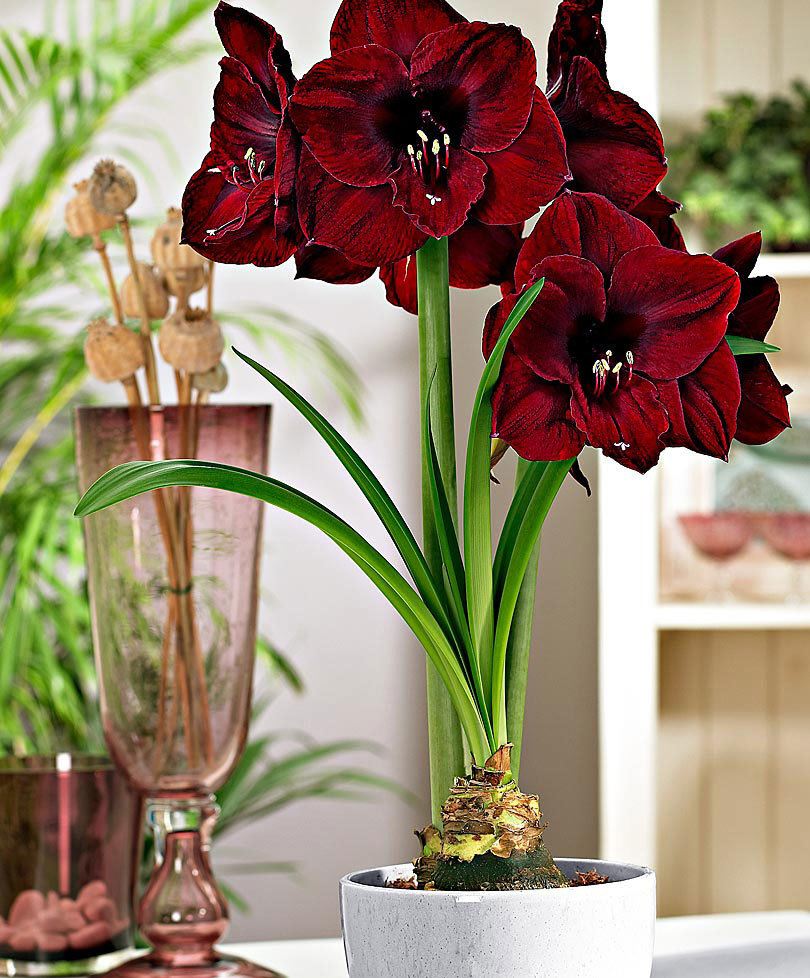

Vegetative reproduction of amaryllis will also be effective. Replanting the plant, you need to select and separate from the root system a small onion with roots. It is germinated and transplanted into the ground. Leaves and in this case will be a source of obtaining a young plant nutrients.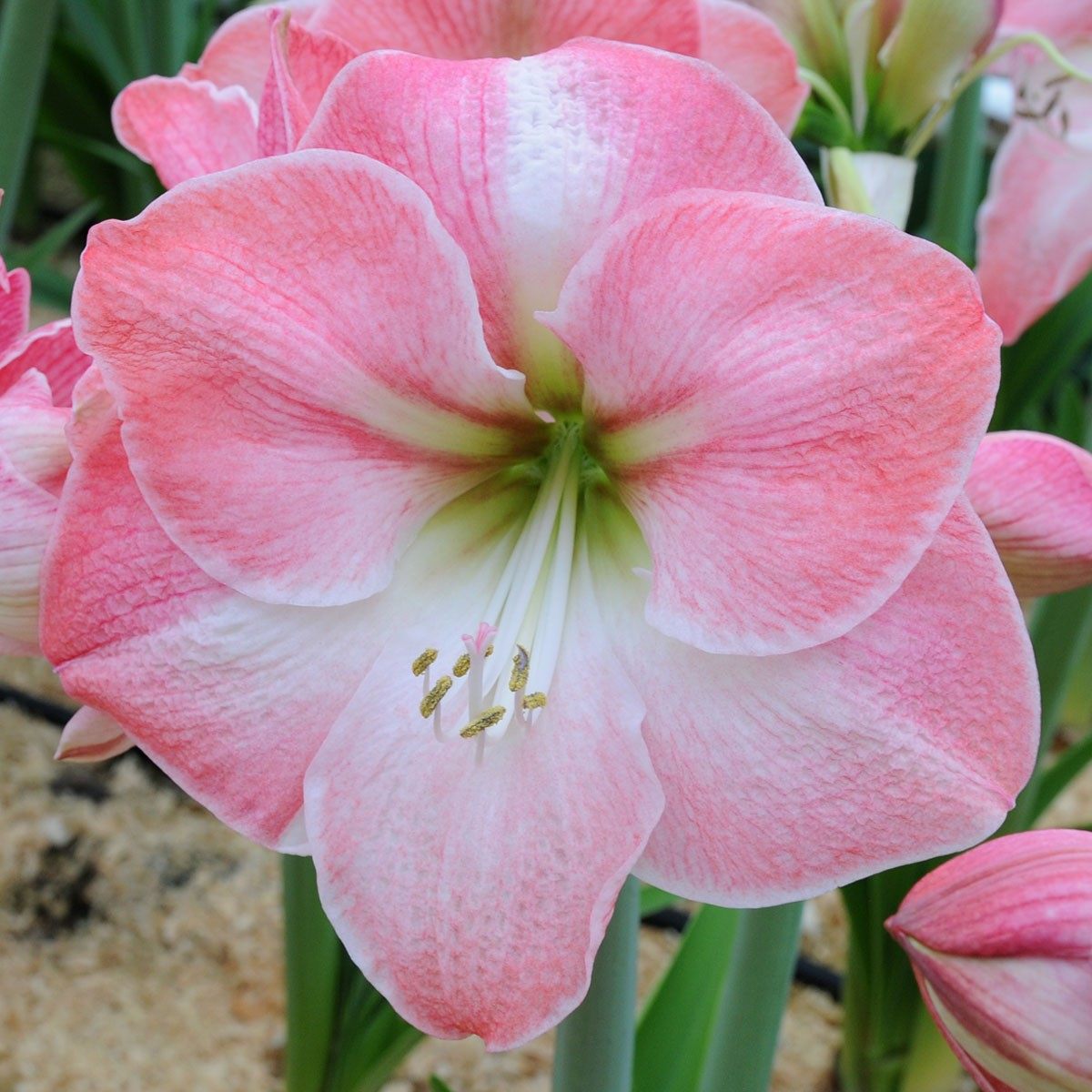 Another way: without digging up a healthy plant, a piece of leaves is cut from the top of the root system. The resulting part is cut vertically into four segments, between which wooden sticks with a diameter of 0.5 cm are laid. Keep it in case of diffused light and a temperature of 25 degrees. Irrigation mode should be moderate and in spring the grown bulbs can be transplanted into the ground.
Another way: without digging up a healthy plant, a piece of leaves is cut from the top of the root system. The resulting part is cut vertically into four segments, between which wooden sticks with a diameter of 0.5 cm are laid. Keep it in case of diffused light and a temperature of 25 degrees. Irrigation mode should be moderate and in spring the grown bulbs can be transplanted into the ground.
Another effective method of reproduction is to choose a beautiful bulb with a diameter of 60 mm. It should be free from scales and remove the lower and upper parts. Onion cut into 4 parts vertically and soaked in fungicide for 30 minutes.
Then in the substrate (perlite and peat 4: 1) the prepared pieces are immersed only by a third. Then the soil needs to be moistened and kept at a temperature of 22 degrees. Once every 7 days, the material is treated with a fungicide and retains the soil moisture for the entire rooting period.




The result of these simple manipulations will be a picturesque flowering shrub, able to decorate both the interior and the garden or terrace.

































